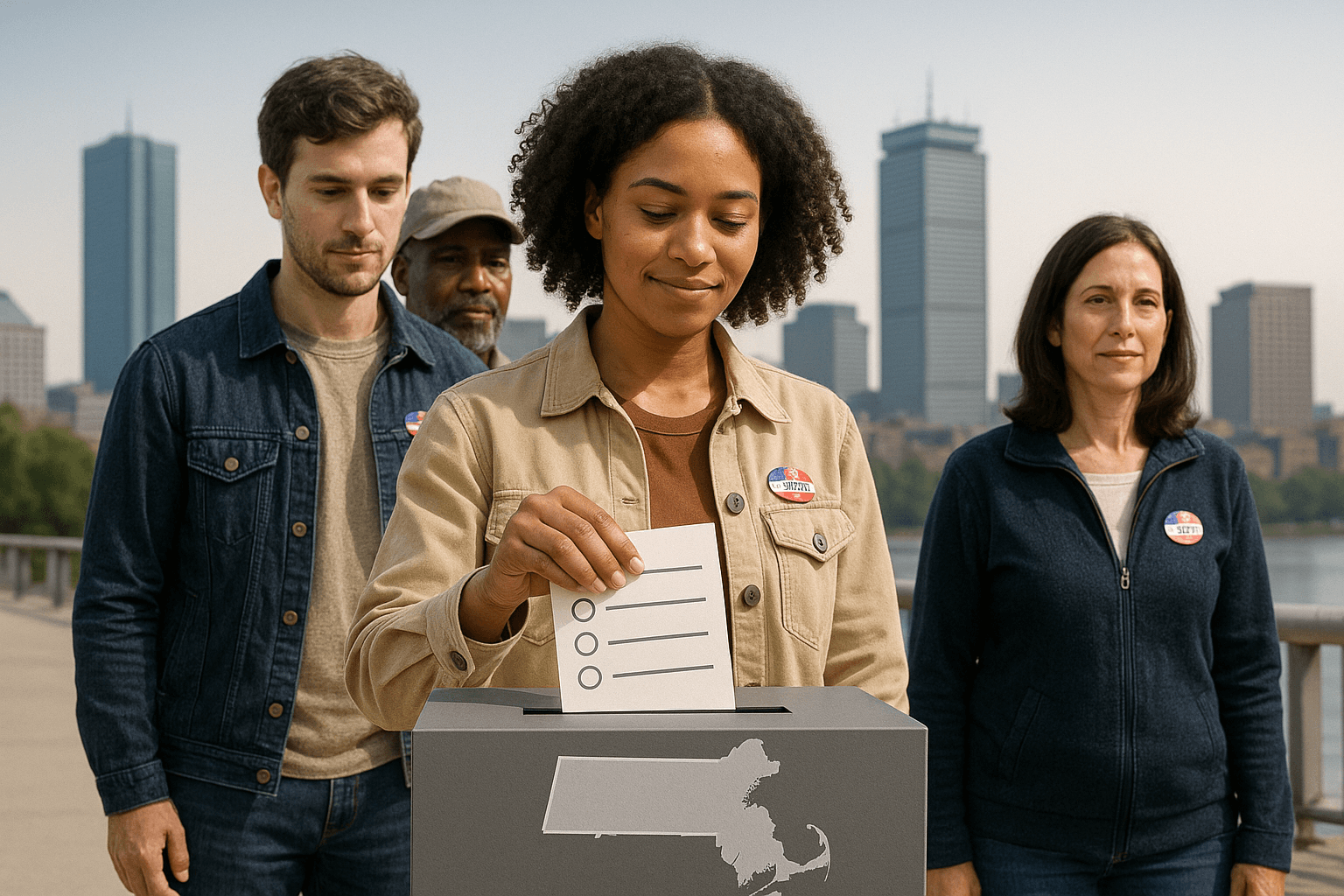Partisan Policymaking Hurts The Nation... And It Is Only Getting Worse
Federal rules and regulations are a source of discussion and debate whenever they come up. Some rules and regulations are straightforward and generally accepted. One example of this would be the interim federal safety regulations on the use of infant life jackets while boating. The regulation follows common sense, and stands aside in the presence of state law.
On the other hand, some federal rules and regulations become controversial issues, such as the Common Core standards of education. The Common Core standards traditionally belong to a “big government” way of thinking, which is more Democratic. Hillary Clinton is a vocal supporter of Common Core, as is Martin O'Malley. Bernie Sanders is non-vocal, but his voting patterns suggest that he is for state choice.
An Example of Partisanship in the 2016 Presidential Race
The Republican candidates should traditionally be against this “big government” approach to education. So strong is this perception that Jeb Bush, a strong and vocal advocate of Common Core standards, has come under fire from fellow Republicans. Other Republican candidates such as Rand Paul and Marco Rubio are direct opponents.
Chris Christie, on the other hand, was strongly pro-Common Core during his governorship. As he entered the presidential race and the competition heated up, he quieted on the issue. Currently, a team has been appointed to study Common Core and its effectiveness in education. The assumption is that he will make an updated announcement when the results come out.
This waffling is a distressing example of how partisanship can hurt impartial policymaking in the future change of administration. Obama's Race to the Top educational program was strongly dependent on Common Core. Republican candidates use criticism of the program to boost their own educational platforms, and make it seem “un-Republican” to do otherwise.
Impartial, Nonpartisan Voting Benefits the Nation
A great number of current social security and health care benefits enjoyed today had bipartisan backing. In 1935, under Democratic President Franklin Delano Roosevelt, the Social Security Act was passed with 16 out of the 25 Republican Senate votes, and 81 of the 102 Republican House votes.
Medicare passed under Democrat Lyndon Johnson with 13 out of 30 Republican Senate votes, and 70 out of the 138 Republican House votes. Two of the landmark social security policies, still in force today, were the result of bipartisan voting.
This kind of impartial voting is noticeably lacking in today's legislature. Under Obama, a bill to reduce greenhouse gas emissions was brought up for vote in both the House and the Senate. 83% of Democrats voted for it, while 95% of Republicans voted against. Even in the Bush Administration, tax cuts received all, but 1 of the Republican House votes, but only 7 of the Democrat votes.
Unfortunately, Legislative Partisanship Is Increasing
It is a proven fact that the parties are, indeed, becoming more partisan as time passes. A study by Rand Corporation assigned values ranging from -1 (most liberal) to +1 (most conservative) to each member of the House of Representatives. The values depended on their aggregate votes for a certain time range.
The results were fascinating. For the 87th House of Representatives (1961-1962), both Democratic and Republican members voted in the -0.125 to the 0.375 range. In other words, a fair amount were voting in the moderate range. On the other hand, in the 106th House of Representatives (1999-2000), the only overlap is seen in the 0.000 to 0.125 range. Public officials are voting more according to party.
Partisanship Will Hurt Partisan Officials In the Long Run
In the same Rand Corporation study, they discovered that roughly 25% of Republicans and the same percentage of Democrats rank themselves as 4/7 in a Liberal-Conservative scale. In other words, 50% of the voting population consider themselves moderate. The number of respondents answering either 1 or 7 were collectively around 5%, with the other 45% evenly distributed on either side of the moderates.
The mindset and perception of the elected officials is that they must fight tooth and nail to be obviously Republican, or obviously Democrat. However, they should take the changing electorate into consideration. As the number of independent voters increases, along with the number of moderate party-members, it would be well if the legislature shifted to impartial voting on programs and bills that would benefit the nation as a whole.



